One of the most notable points in this planning adjustment is the increase in renewable energy sources. Specifically, according to the adjusted planning, by 2030, the total onshore and nearshore wind power capacity will reach 26,066 - 38,029 MW, an increase of about 20,000 MW compared to the present (not including 6,000 MW of offshore wind power). Regarding solar power, the new target is to reach a total capacity of 46,459 - 73,416 MW by 2030, an increase of more than 28,000 MW compared to the present, including concentrated and rooftop solar power.
Not only developing domestic energy sources, the strategy of exporting and importing electricity is also clearer when closely linked with renewable energy projects.
Along with the development of renewable energy, the issue of energy storage is also receiving more attention in the adjusted Power Plan VIII. The goal is to develop a storage system of thousands of MW, especially in areas with a high proportion of renewable energy such as the Central Highlands, Ninh Thuan, Binh Thuan ...
The goal of making the most of existing energy sources, especially renewable energy in Vietnam, to produce electricity to meet the needs of the economy , as proposed by the revised Power Plan VIII, is also a wise solution that can help reduce dependence on primary energy imports (coal, LNG), thereby helping to ensure energy security. However, certain conditions are needed to achieve this goal.
Comments from renewable energy investors say that if the current regulations on electricity purchase prices are set in Vietnamese Dong and there is no corresponding connection with foreign currencies, foreign investors will not be interested in electricity projects, especially in the current unstable world economic conditions.
Next is the requirement to sign a power purchase contract with the clause “refund of electricity bills to Vietnam Electricity Group - EVN if there is a conclusion of violation by a competent state agency”. This makes foreign investors apprehensive, because unintentional errors can become bottlenecks leading to retroactivity, causing the project's cash flow to no longer be as originally planned and investors to fall into difficulties.
The above concern also stems from the fact that a series of solar and wind power projects that were strongly developed in the 2018-2021 period have started generating electricity, but are now facing a great risk of not being able to keep the money from selling electricity at the FIT price in the power purchase contract due to signs of violations, specifically the lack of documents according to the conclusion of the competent authority. It is worth noting that this lack of documents is said to be due to incomplete instructions from the competent authority, not entirely due to the intentional violation of the enterprise.
Currently, there are 172 renewable energy plants that have not yet had their acceptance test results approved by the competent state management agency at the time of commercial operation. This has caused many plants to sign electricity purchase contracts at FIT1 price (9.35 US cents/kWh), but are now only temporarily paid at FIT2 price (7.09 US cents/kWh) or at 50% of the ceiling price of the price frame for transitional projects. Some projects are even only temporarily paid at operating costs so that investors can maintain operations.
In fact, since the end of the FIT support mechanism for renewable energy in 2021, the capacity of these sources has been very low, with only about 1,200 MW of wind power and almost no solar power projects. Therefore, the expectation of rapidly increasing solar and wind power sources as proposed in the adjusted Power Plan VIII requires sufficient human resources and time to implement procedures such as bidding, selecting contractors, approving investment policies, negotiating power purchase contracts, supervising, managing construction and recognizing commercial operations... This is a challenge not only for local authorities where projects are located, but also for EVN in negotiating contracts and investing in transmission grids.
The above reality makes many investors interested in renewable energy projects more cautious, learn more deeply, and observe more closely how the parties involved handle the current situation in order to make the best decision. Of course, when investors are cautious, the capital flow into the electricity industry will also slow down, making the capital mobilization target in the adjusted Power Plan VIII of 136.3 billion USD for 5 years (2026-2030) face many challenges. This requires the Implementation Plan for the adjusted Power Plan VIII (under construction) to have a clear, transparent, and public mechanism. Only then can we mobilize human and financial resources from both investors and competent authorities to complete the set goals.
Source: https://baodautu.vn/hut-von-dau-tu-vao-nganh-dien-d271813.html


![[Photo] Scientific workshop "Building a socialist model associated with socialist people in Hai Phong city in the period of 2025-2030 and the following years"](https://vphoto.vietnam.vn/thumb/1200x675/vietnam/resource/IMAGE/2025/5/21/5098e06c813243b1bf5670f9dc20ad0a)
![[Photo] Prime Minister Pham Minh Chinh receives Rabbi Yoav Ben Tzur, Israeli Minister of Labor](https://vphoto.vietnam.vn/thumb/1200x675/vietnam/resource/IMAGE/2025/5/21/511bf6664512413ca5a275cbf3fb2f65)

![[Photo] Determining the pairs in the team semi-finals of the National Table Tennis Championship of Nhan Dan Newspaper](https://vphoto.vietnam.vn/thumb/1200x675/vietnam/resource/IMAGE/2025/5/21/eacbf7ae6a59497e9ae5da8e63d227bf)
![[Photo] Prime Minister Pham Minh Chinh attends the groundbreaking ceremony of Trump International Hung Yen Project](https://vphoto.vietnam.vn/thumb/1200x675/vietnam/resource/IMAGE/2025/5/21/ca84b87a74da4cddb2992a86966284cf)

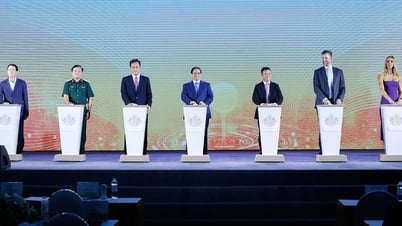


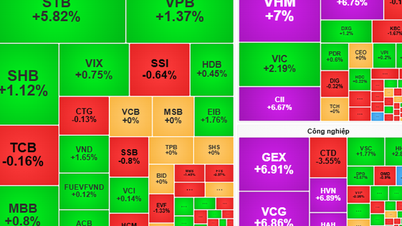


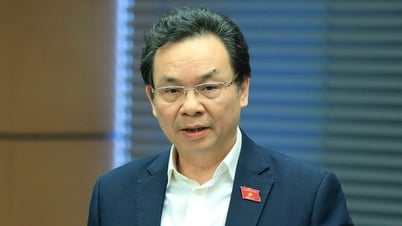






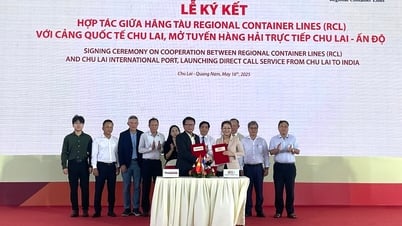







































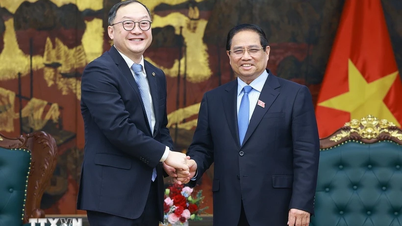



















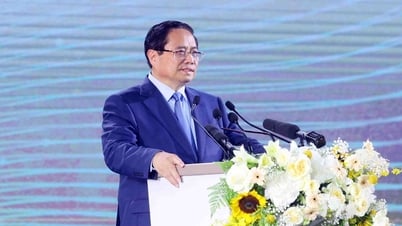

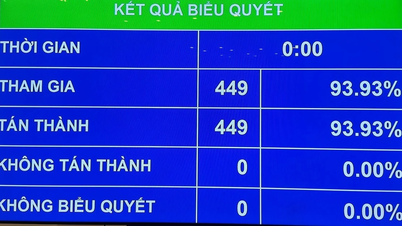













Comment (0)